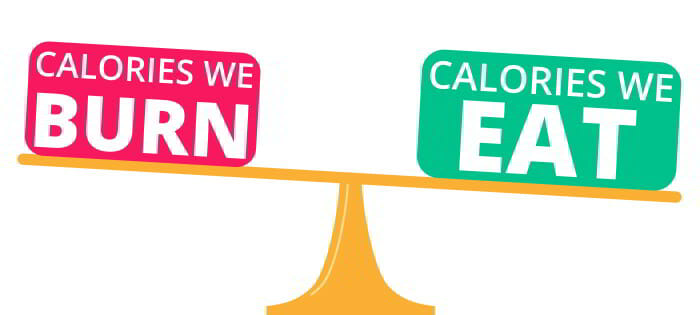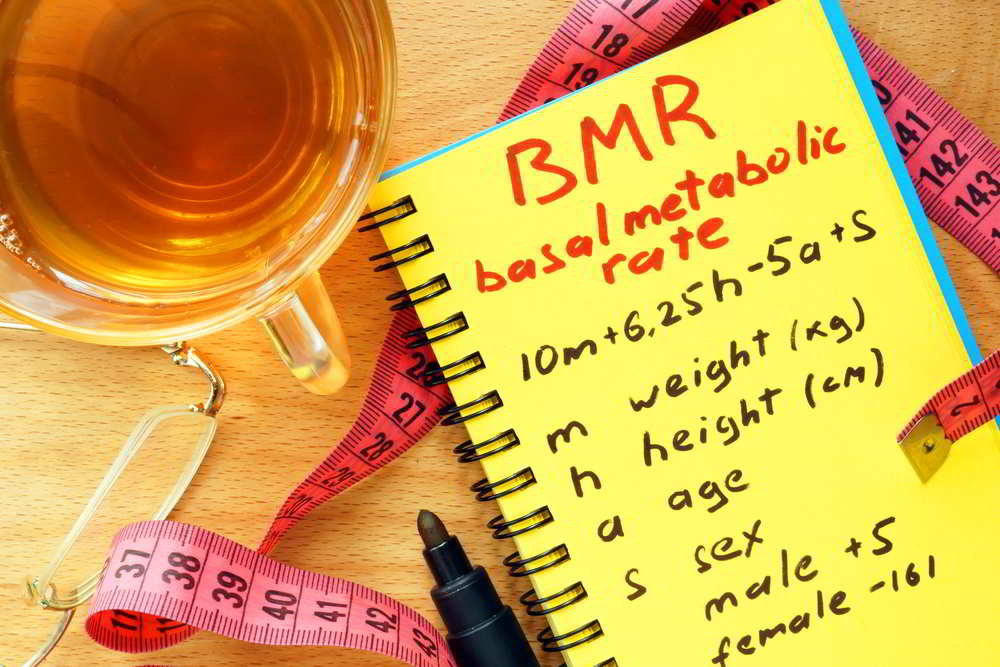How to Lose Weight Running: Essential Guide to Running for Weight Loss
Running to lose weight is possible - but running 3 miles a day will not help you if you don't keep your diet in check too.


There are 3,500 calories in a pound of fat. Running one mile burns (on average) 100 calories. If you want to lose one pound of fat – then, you should run 35 miles. If you were to run 7 days a week, you would need to run 5 miles each day in order to lose one pound of fat in a week.
This is the super-compressed version. Read on to discover the most efficient way to lose weight with running.
First of all, a hard truth: if you are overweight it means you are eating too much. Now, mind my words. I didn’t say you are eating a lot, I simply said you are eating too much.
Let’s start from the beginning.
Food is our source of energy; it is the fuel that allows us to perform every task: from basic ones such as breathing, pumping the blood around the body and walking around to complex ones such as carrying the TV up the stairs or running when you’re late for the bus.
Our bodies are efficient machines. We come from a time when food was scarce and reducing waste was key to survival.
Fat is the way your body stores extra energy. When you eat more than what your body needs, your brain doesn’t go “oh well, this is extra, I don’t need it – let’s get rid of it”. What your brain thinks is “Fantastic! Extra energy! Let me store this in case tomorrow you won’t be able to hunt a bison down so we can use this energy instead”.
Your body then proceeds to process that extra food and transform it into fat, which then gets stored under your skin a bit all around your body: your gut, (man) boobs, bum, legs and face.
You see, your brain doesn’t see fat as a bad thing. It sees it as a fantastic way to ensure survival in case you won’t be able to find food in the future.
The good news is: the reverse process also applies and it’s also very efficient: if you don’t introduce enough fuel (energy/food), your body will promptly go and take it from its fat reserves.
It is good news because there is no way around it: follow this simple principle and you cannot NOT lose weight.


And why is this important? Because we can calculate it and plan our weight loss around it !
A Caloric Deficit represents the amount of calories that your body doesn’t get through food and has to go and find in its fat storage… (almost) literally burning it.
It’s actually very easy: eat less calories than the calories you burn and you will shed fat away.


The BMR varies by individual and depends on a lot of factors such as gender, height, weight, body composition (fat vs. muscle)…
There are many formulas to calculate your BMR and you can find a good calculator here: http://www.bmi-calculator.net/bmr-calculator/
Let’s use me as an example. I am a 34 year old male, 6.2” for 185 lbs weight. My BMR is 1927 calories per day.
That means that if I do nothing all day and I eat 1927 calories, I will neither gain or lose weight. But we do indeed do something every day. Just walking around and moving will put me more more or less at 2,200 calories (use the link above to calculate your values!).
So if I want to lose weight, I have two choices:


Do you remember the caloric deficit? By running you increase the calories you burn during the day. This is a ballpark figure, but it’s estimated that running 1 mile burns 150 calories (it’s a very average value and depends on many factors including your weight, running efficiency…).
So if I run 3 miles a day I will burn an extra 450 calories each day. It means if I keep eating the same I will lose weight!
How much weight? It is calculated that 1 pound of fat equals 3,500 calories. 1,800 calories a week (running 3 miles a day 4 days a week) means half a pound of fat per week. This if you eat to your daily caloric need. Chances are, if you are overweight, you eat more than that already.
Is it less than you were hoping? Don’t worry, you can lose more.


You will feel like you spent more energy than you actually did.
Remember. One 3-mile run will burn 450 calories (approximation!). After the run you think “I need to re-hydrate, let me have a Gatorade”. A bottle of Gatorade has 300 calories. Does it make sense to run 3 miles to only reap the benefit of 1 of them? Energy drinks have a place, but when you run less than 1 or 2 hours, stick with water.
Also, many people think “Well, I ran this morning, I can treat myself to a candy bar!”. Do you know how many calories in a standard bar of Snickers, Mars or Lion? Almost 300. Two of your three miles are gone.
If you want to lose weight while running, don’t add calories to your diet. Not at the beginning.
Running is an amazing way to lose weight, but you need to understand that you need to build it up. When you start running you probably won’t even be able to run those 3 miles. Most beginners’ running programs will have you run-walk 3 times a week for a month before you can run 3 miles.
STICK TO IT! After all running is an endurance sport and as such, patience is what brings the best rewards. Don’t rush distances/speeds you are not ready for yet. They will come and it will all make it better very soon.
As we said before, your running condition will improve with time and three things will happen:
In just a couple of months you will be able to run 8 miles in one session. Run 3 times a week for 8 miles each session and your weekly calorie expenditure will be 3,600 calories or a full pound of fat!
Running faster will make you burn MORE calories per each mile.
Remember your BMR (Basal Metabolic Rate) ? It’s higher when you have more muscles. That is because muscles are alive and need constant feeding just to be maintained, while fat just sits there.
Running will slowly but surely build muscles – especially in your legs. These muscles will consume extra calories even when you are not running, just because they are there !
To summarize: running is very hard at the beginning and you might not see results for a while (in terms of weight loss, but of course things like your cardio efficiency will be immediately and noticeably better). But keep running and in just a few months you will be a fat burning machine !





